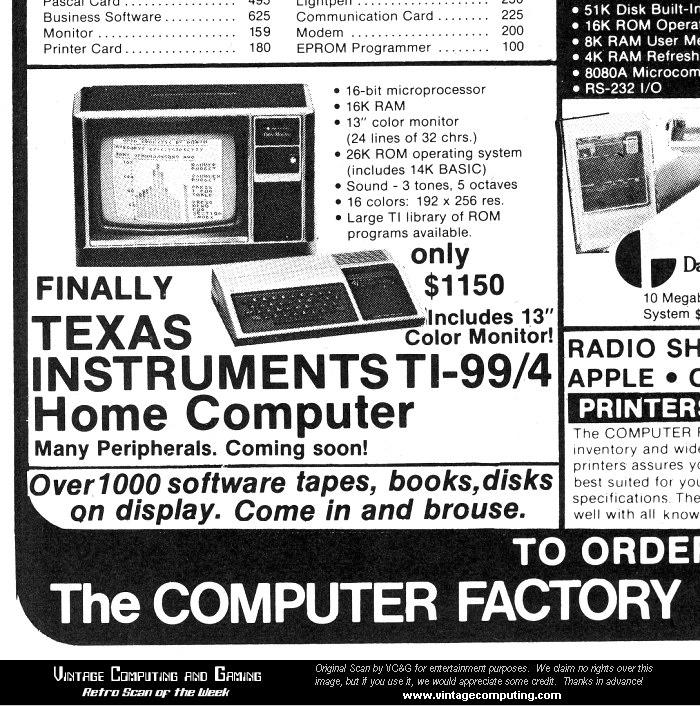The 8-bit *microcomputer* era may have ended (except for hobbyists still building them), but the 8-bit CPU era hasn't ended yet. ...
-Tor
Z80's and derivatives are still used in many DVD burners as the microcontroller. Z80's were also at the core of many alarm systems in the 1990's. But the question was abut 'personal computers.'
As to the bittedness of a CPU, I have always used the terminology of 'the basic word size of the system' for the definition. Data bus size is just about irrelevant, as modern PC data buses are not 64 bit (PCIe is one bit per lane, serial data; HyperTransport, used in the AMD Athlon 64 etc, is a 2 to 32 bit bus, but Athlon 64 is a 64-bit CPU; QPI and DMI have yet different bittedness, with QPI defined as two 20-lane PCIe connections and DMI can be implemented in 4-bits; etc).
Virtually no one defines a first generation Pentium as a 64-bit machine, yet the Pentium has a 64-bit data bus.
The 8088 has a 16-bit word; it's a 16-bit CPU. The Z80 has an 8-bit word, and is an 8-bit CPU (16-bit instructions notwithstanding, and 16-bit SP and PC notwithstanding, and 4-bit ALU notwithstanding). The 68000 has a 32-bit word and is a 32-bit CPU, data bus size notwithstanding (many people even write '16/32-bit' for the original 68K and 68010, as many also write '8/16-bit' for the 8088 and 80188 chips). The PDP-8/s has a 12-bit word and is a 12-bit CPU, 1-bit serial ALU notwithstanding.
I don't see why this is so hard.
CPU bittedness has nothing to do with peripheral bittedness, either, as 32-bit PCI slots are found in 64-bit PC's, 8-bit ISA is found in 32-bit PC's (and you can get 8- and 16-bit ISA in 64-bit PC's with industrial motherboards and passive backplane systems).
But that's all just my own opinion.....

